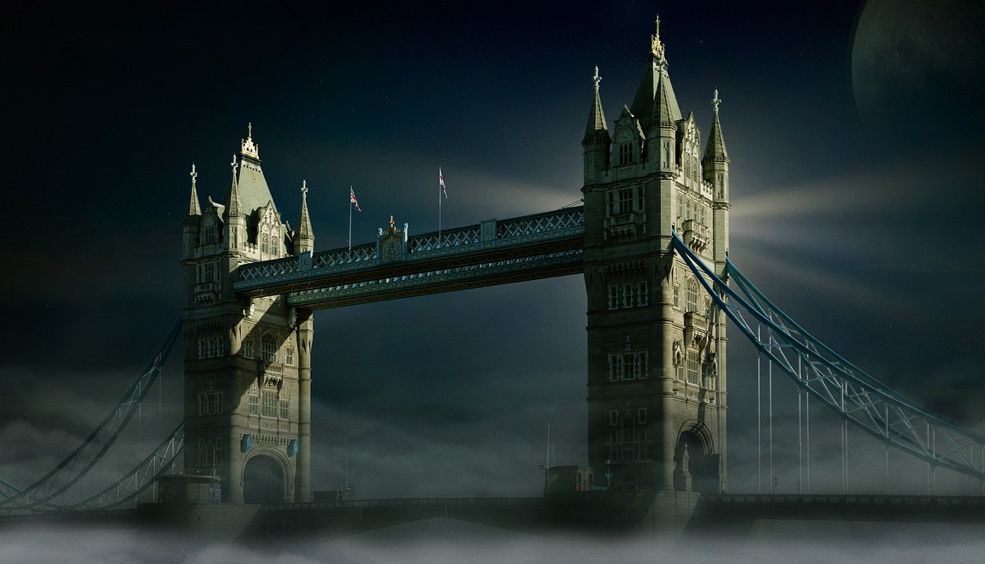Europe’s five best Christmas markets
Discover Europe’s most magical Christmas markets. It’s something that’s worth doing with the family at least once in a lifetime! Just one tip – wrap up warm!
more infoEnjoy the spookiest Halloween ever. The best destinations in Europe!
Celebrate Halloween in one of the cities that we suggest in this post. If you love dark tourism and all things spooky, don’t miss these fang-tastic plans for 31 October (and the days around it!).
more info13 reasons to visit northern Morocco
From Tangiers to Al Hoceima, passing through Tetouan. A 300-kilometre route that unveils another side of Morocco and enables you to admire the spectacular natural surroundings. If you can't decide between going to the beach or the mountains, read on because you'll find a bit of everything here.
more info8 fascinating facts you never knew about Ibiza
What do you know about Ibiza, apart from that it’s got incredible beaches and is a mecca for DJs, go-go dancers, ravers and celebrities? We’ve put together 8 fascinating facts about Ibiza, the largest of the Pityusic Islands (Ibiza and Formentera), which we bet you didn’t know.
more info




